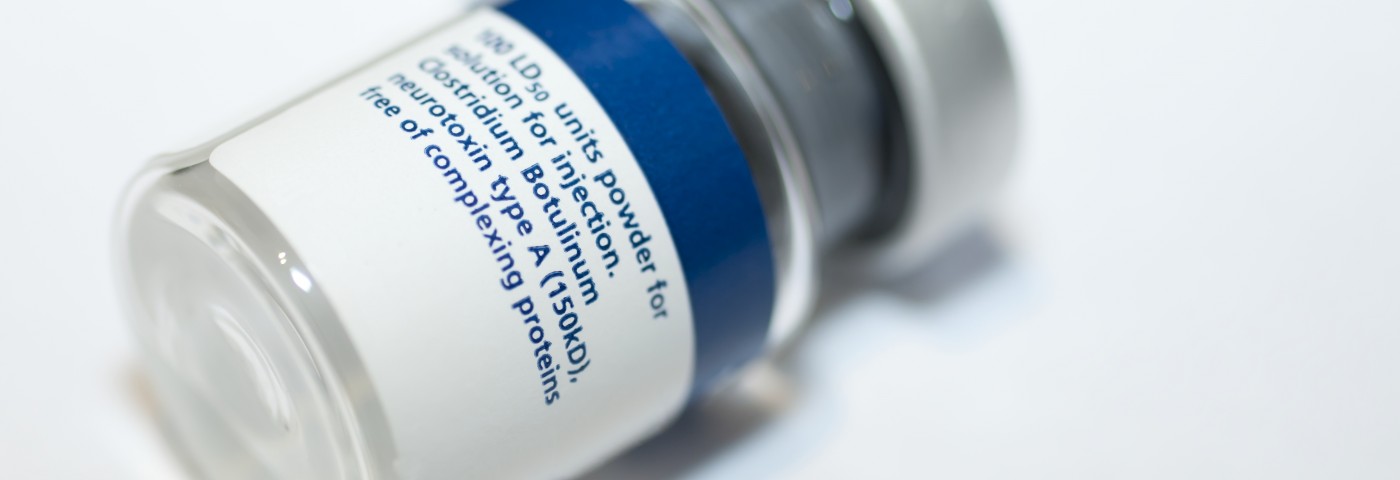A review found that botulinum toxin did not appear to be an effective means to treat lower urinary tract symptoms (LUTS) due to benign prostatic hyperplasia (BPH).
Christopher J. Chermansky and Michael B. Chancellor from the University of Pittsburgh and Oakland University, respectively, evaluated the use of botulinum toxin for a number of urological conditions: urinary incontinence due to neurogenic detrusor overactivity, refractory overactive bladder, interstitial cystitis/bladder pain syndrome, and BPH.
Botulinum toxin inactivates the transmission of nerve impulses to muscles by blocking the release of the neurotransmitter acetylcholine from the nerve ending. Studies have also indicated that the botulinum toxin likely affects nerve signaling from the bladder by blocking the release of the signaling molecules ATP and substance P. OnabotulinumtoxinA is the form of the toxin approved by the FDA for use in incontinence and overactive bladder, and it is commercially available under the name Botox, among others. The toxin is a relatively recent addition to LUTS treatment, with approval for incontinence in 2011 and for overactive bladder in 2013.
While botulin toxin was shown to be an effective treatment for the other conditions investigated in the review, improving continence and quality of life, it was not viewed as superior to placebo for LUTS in BPH patients.
The review, titled “Use of Botulinum Toxin in Urologic Diseases“ and published in the journal Urology, looked into two studies that investigated botulinum toxin for BPH. The first enrolled 30 patients, and 15 received 200U botulinum toxin. This study, whose primary endpoint was symptomatic improvement, reported good outcomes. Two months after injection, subjective symptom relief was seen in 13 patients given botulinum toxin compared to three patients given placebo. The study reported a 65 percent decrease in symptom scores, and an increase in maximal flow rate in the botulinum-treated group. There were no systemic adverse effects and no urinary incontinence following treatment.
The second study was a Phase 2 multicenter, placebo-controlled, randomized controlled trial, using the same dose as the first study and enrolling 315 men, of whom 158 received botulinum toxin. The primary endpoint was a change in International Prostate Symptom Score (I-PSS). Although a significant decrease in I-PSS was seen in the botulinum treatment group, the placebo group improved nearly as much. Botulinum toxin, however, increased maximal flow rate compared to placebo. The study reported that the most common adverse events were hematuria and hematospermia — blood in the urine and sperm, respectively. The side effects were unrelated to treatment, as the rate did not differ between the treatment and placebo groups.
Despite the positive outcomes in the first study, the authors concluded that intraprostatic injection of onabotulinumtoxinA was not improving LUTS symptoms more than placebo in patients with BPH. Although the authors did not provide further comments regarding their conclusion, it likely rests on the small number of patients included in the first study. More research might provide a clearer picture of the effects of botulinum toxin in BPH.

